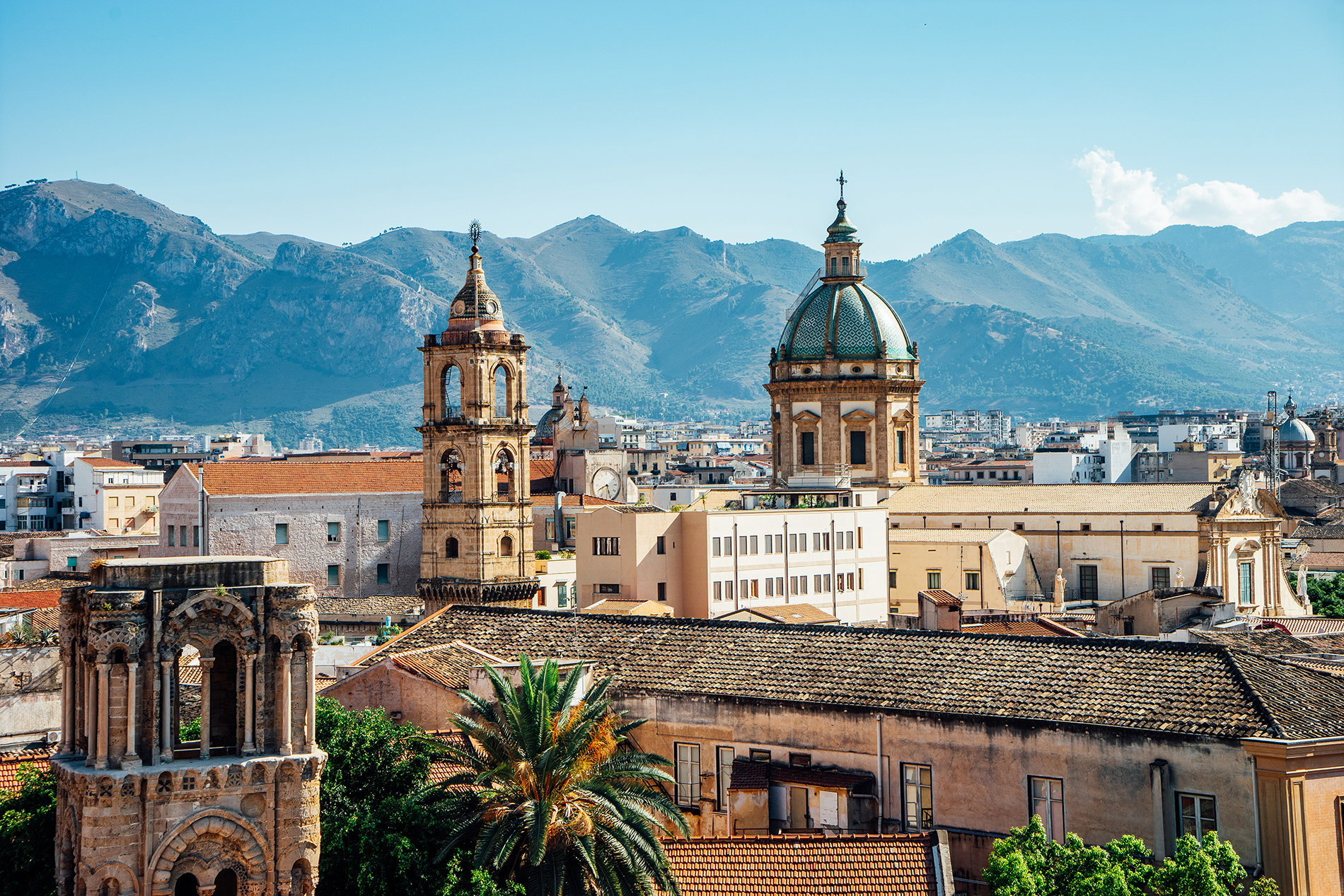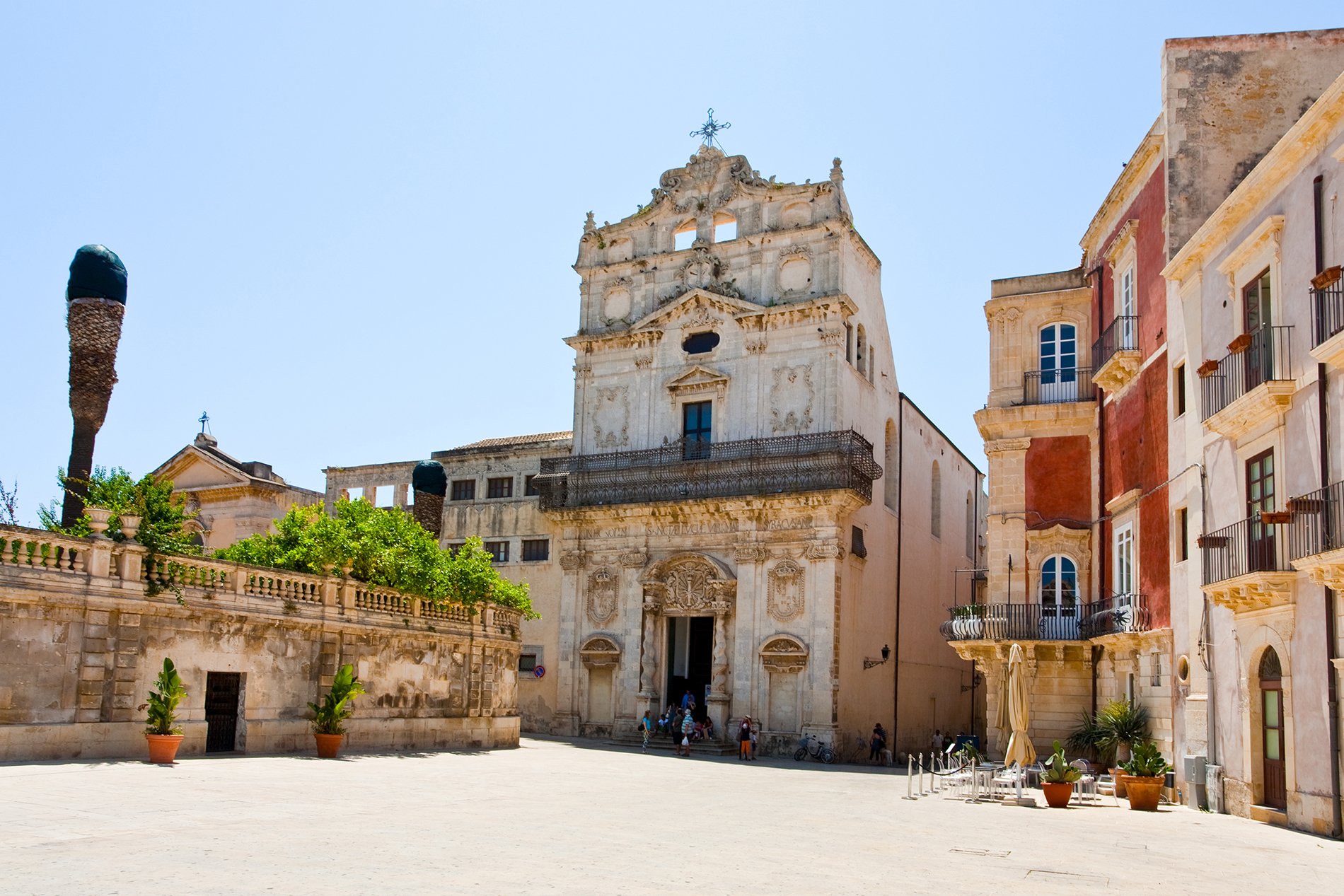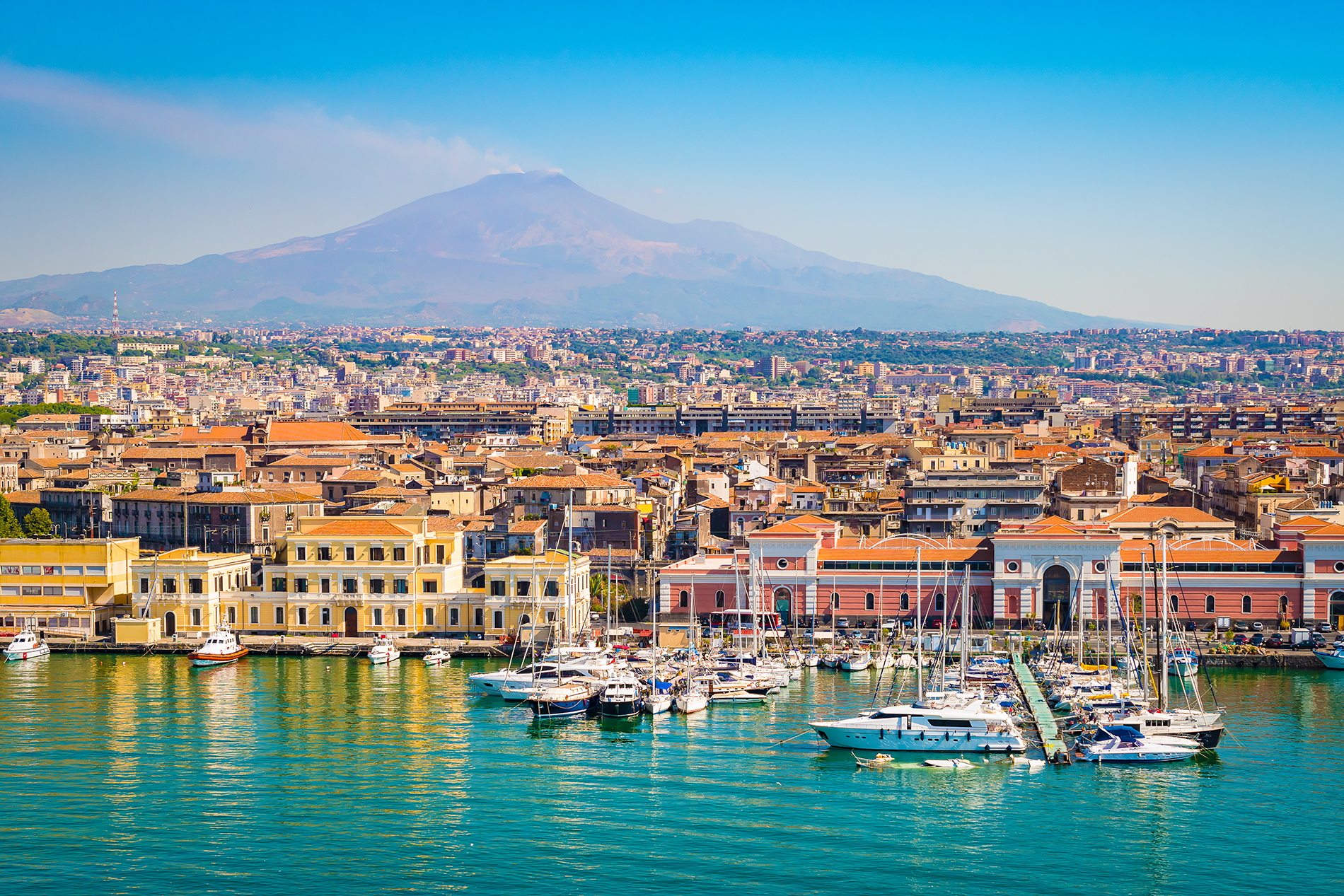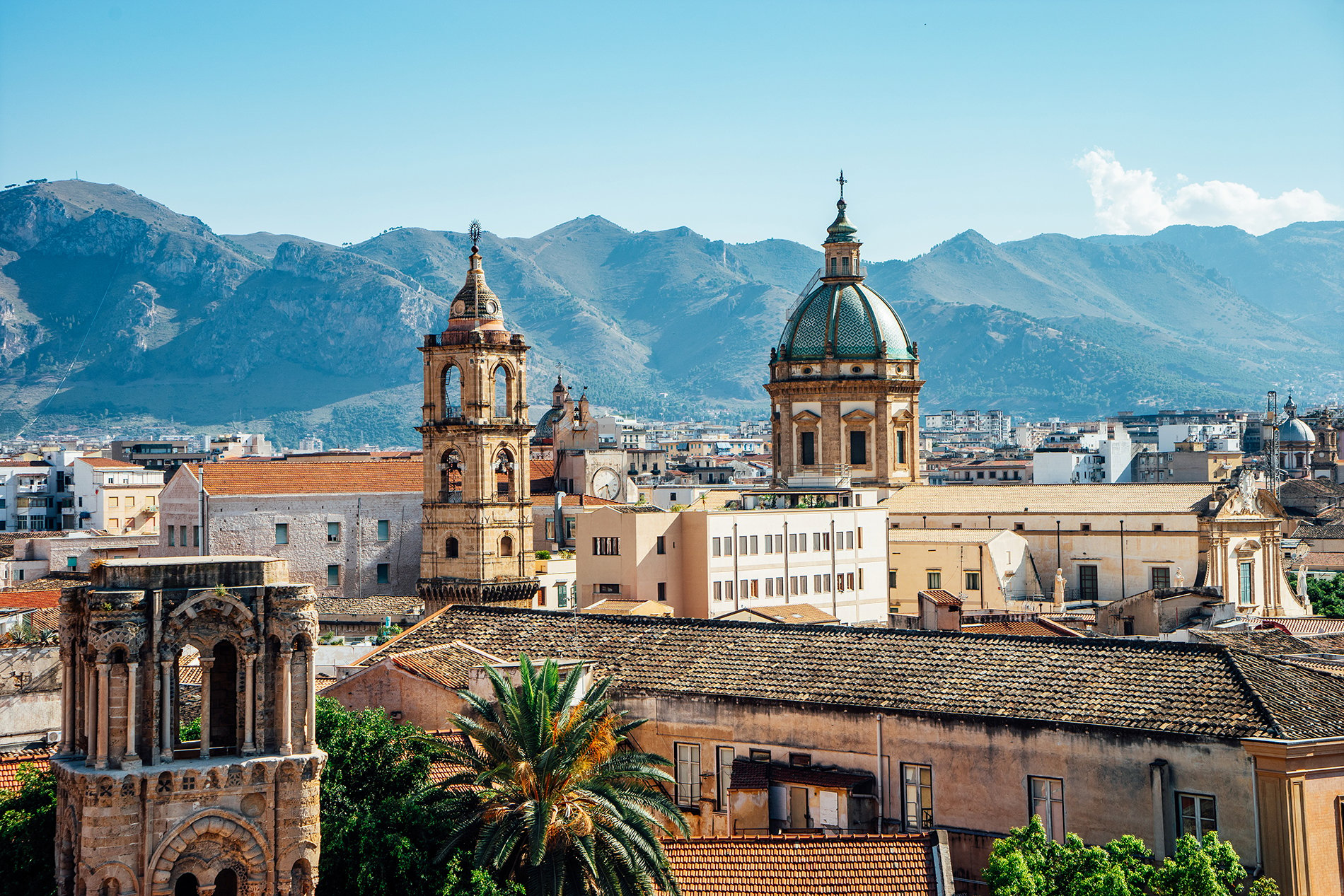In Sicily, the primary urban centers—Palermo, Syracuse, and Catania—are captivating locations known for their historical significance and cultural legacy. These cities boast Baroque architecture alongside age-old ruins, stretch along both the Ionian and Tyrrhenian coasts, and feature serene bays as well as active volcanic landscapes. This guide aims to elucidate why each city stands out with its distinct allure.
Palermo: The Popular Cosmopolitan Soul of Sicily

The regional capital of Sicily, Palermo is located on the island’s northern coast. It serves as a cultural mosaic where Arabic, Norman, Spanish, and Italian influences converge. At the heart of the city, landmarks like the Palazzo dei Normanni and Palermo Cathedral showcase an audacious mix of Gothic, Baroque, and Arab-Norman architectural styles. Founded by the Phoenicians as far back as the 7th century BC, Palermo embodies these historical layers throughout its urban landscape. The city’s cultural vibrancy is fueled by music and theater festivals, providing a dynamic atmosphere alongside its historical depth.
When it comes to food, Palermo is renowned for its delicious culinary scene. The historic Ballarò market, the most famous marketplace in Sicily, is a lively hub where you’ll find vibrant fruits, freshly caught seafood, and unusual spices. Whether at the Ballarò market, the Capo market, or one of the numerous sunlit plazas in the La Kalsa neighborhood, you can savor these delights. Local specialties like arancini, cannoli, and various regional dishes can be enjoyed throughout the day, with a consistently cozy and inviting ambiance.
Syracuse: With Its Ancient Baroque Legacy on the Island

On the opposite end of the island lies Syracuse, once a prominent Greek colony, which transports visitors back in time. Situated in southeastern Sicily, this harbor city captivates visitors with its rich historical legacy and charming cobblestone streets adorned with Baroque-style palaces. Located in the historic center, the Archaeological Park of Neapolis is home to a treasure trove of landmarks, including the impressive Greek Theater, one of the largest stages constructed during antiquity. Nearby stands the Orecchio di Dionisio, a striking cavern shaped like an ear. Folklore has it that the tyrant Dionysius the Elder ordered its creation to eavesdrop on adversaries’ conversations via a slit near its apex.
Alongside these landmarks, the charming island of Ortygia—connected to the modern city by two bridges—boasts winding lanes, Baroque palaces, and sunlit plazas that enhance its allure. At the heart of Ortygia stands the Duomo, a cathedral constructed atop a Doric temple, telling the city’s tumultuous history spanning two significant periods: one dominated by ancient tyrants and another ruled by prominent Sicilian dynasties during the 18th century.
However, Syracuse is not only defined by its historical significance. Its hidden coves and nearby beaches highlight its strong connection to the ocean, providing opportunities for both cultural exploration and relaxation. The pinnacle of your Syracuse adventure lies in its cuisine, which blends maritime and agricultural heritage.
Catania: A Sophisticated Harbor Nestled Beneath the Volcano

Located at the base of Mount Etna, along the Ionian coast about 70 kilometers north of Syracuse, Catania is a city deeply shaped by the volcano’s ever-changing nature. Following an earthquake in the 17th century, the city underwent substantial reconstruction, which resulted in a uniform architectural character from that era. The reconstruction used dark lava rock, earning the city the nickname “Catania Nera” (Black Catania).
While its historical center might not be as grandiose as those of Syracuse or Palermo, Catania is still home to remarkable Baroque structures, such as the Palazzo Biscari. At the heart of the city lies the Piazza del Duomo, famous for its elephant statue, which serves as the emblem of Catania. The refined Via Etnea cuts through the center, offering an impressive view of Mount Etna. For history enthusiasts, a visit to the grand San Nicolò l’Arena Monastery is essential. This architectural marvel stands as a testament to Catania’s significant role in religion and culture throughout time.
A trip up Mount Etna, which is easily accessible from the city, offers an extraordinary experience. The moon-like terrain and flowing lava streams are constant reminders of nature’s immense force, providing unique opportunities for hiking and scientific discovery. To top it off, Catania is brimming with flavors, boasting local delicacies like pistachio dishes, citrus-based treats, and fresh seafood that capture the true spirit of Sicily.
Palermo, Catania, or Syracuse? Two Distinct Yet Complementary Experiences
Visiting Syracuse and Catania during the same vacation is ideal, as they lie close to each other yet offer distinct experiences that beautifully complement one another. On the other hand, Palermo presents a completely separate adventure. As the vibrant heart of Sicily, teeming with energy, this city deserves its own exploration—whether as part of a broader journey across the region or through a focused tour centered on its distinctive legacy.





